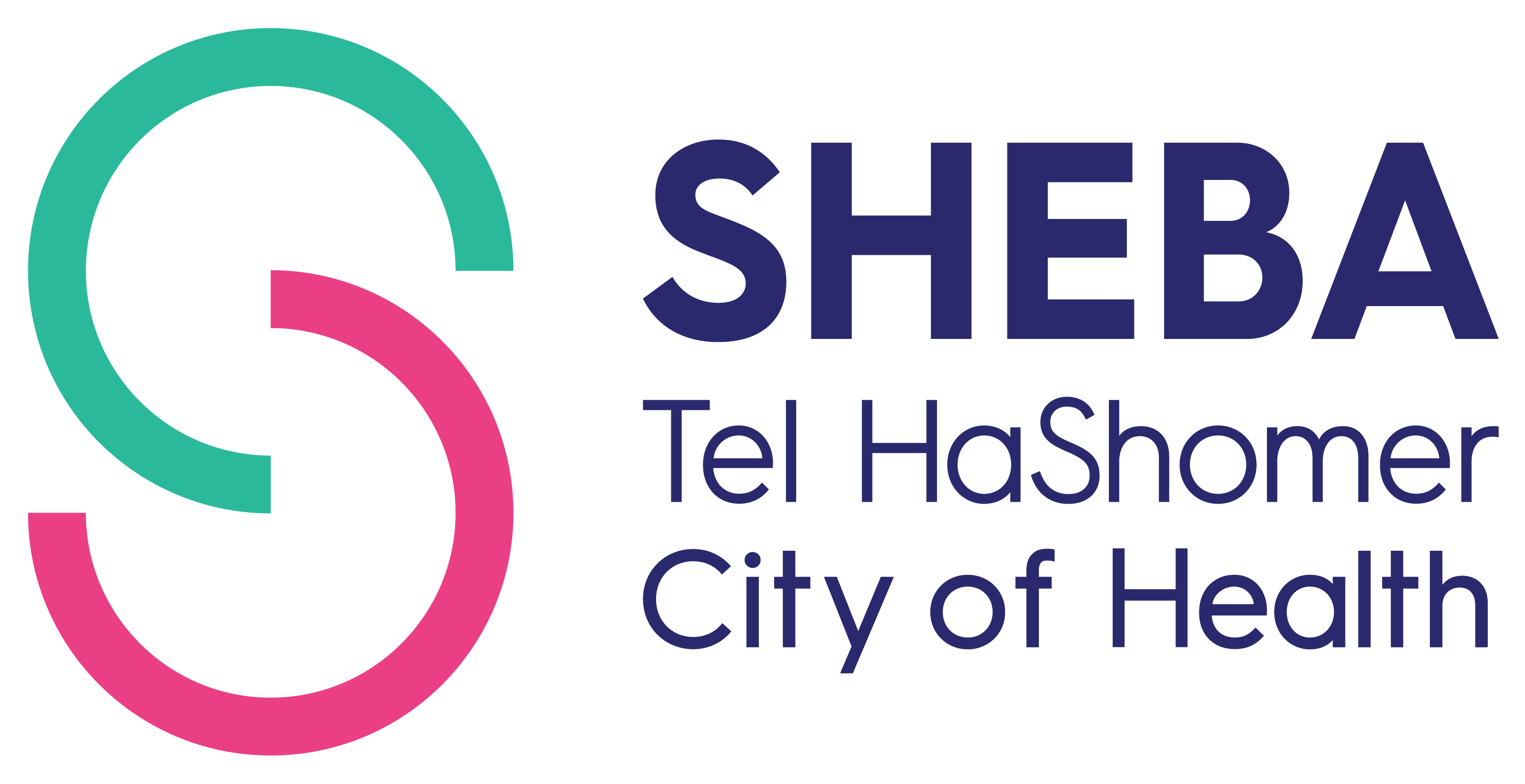Radiation for Scalp Fungus Ups Thyroid Cancer Risk
Says Sheba Researcher NEW YORK JAN 29, 2007 (Reuters Health)
Children who were exposed to ionizing radiation to treat tinea capitis, a fungal infection of the scalp, are at heightened risk for developing cancer of the thyroid, research suggest.
In the 1950s, tinea capitis (also called ringworm of the scalp) was often treated with radiation; today, anti-fungal medications taken by mouth are commonly used to treat tinea capitis.
Dr. Siegal Sadetzki, of Chaim Sheba Medical Center, Tel Hashomer, Israel, and colleagues looked at the effect of low doses of ionizing radiation on the risk of developing thyroid cancer up to 54 years after exposure in childhood. The thyroid gland is known to be sensitive to the cancer-causing effect of ionizing radiation, especially in children.
The study population included 10,834 subjects irradiated against tinea capitis in the 1950s, an equal number of matched nonirradiated subjects taken from the general population, and 5,392 nonirradiated siblings.
The subjects were followed for a median of 46 years. The average age at treatment was 7.1 years and the average age at the end of follow-up was 52.1 years.
A total of 159 cases of thyroid cancer were diagnosed during the study period. One hundred three of these cases occurred in individuals exposed to ionizing radiation in childhood. Just 56 occurred in individuals with no childhood radiation exposure.
The investigators found that the total excess relative risk per gray (ERR/Gy) for developing thyroid cancer was 20.2 per 10,000 person-years.
Risk for thyroid cancer was significantly elevated between10 and 30 years after radiation exposure, Sadetzki's team reports. A dramatic decrease in risk was observed 40 years after exposure.
These results, the investigators say, are in line, generally, with patterns of risk modification seen in other studies of radiation-induced thyroid cancer. "The carcinogenic effects of low-level radiation," they conclude, "must be considered in the planning of safety measures against public health hazards."
SOURCE: Journal of Clinical Endocrinology and Metabolism, December 2006









